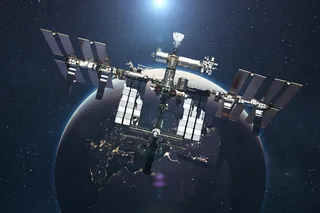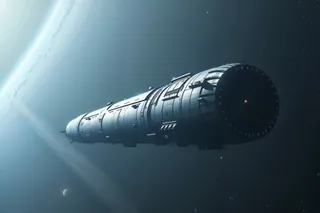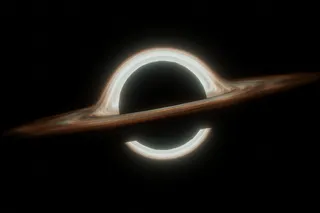Take a moment to imagine the moon, conjuring its speckled surface inside your mind. Think of its imperfections, its spots and splotches, carved out and cratered from the impacts of asteroids, meteorites, and comets. Chances are that your imagination conjured something surprisingly similar to mine, and to the imaginations of countless others.
The reason for this similarity is simple: We almost always see the same surface when we stare at the moon, the same patterns of craters and cavities, thanks to the way that the moon moves, rotating and revolving around Earth. So, what about the other surface of our only natural satellite? Why is there a far side of the moon, and why is it so unfamiliar?
Read More: Our Moon on Earth
The moon is always spinning. It rotates around its axis, and it revolves around Earth. But despite that, the signs of this spinning are surprisingly subtle. ...















